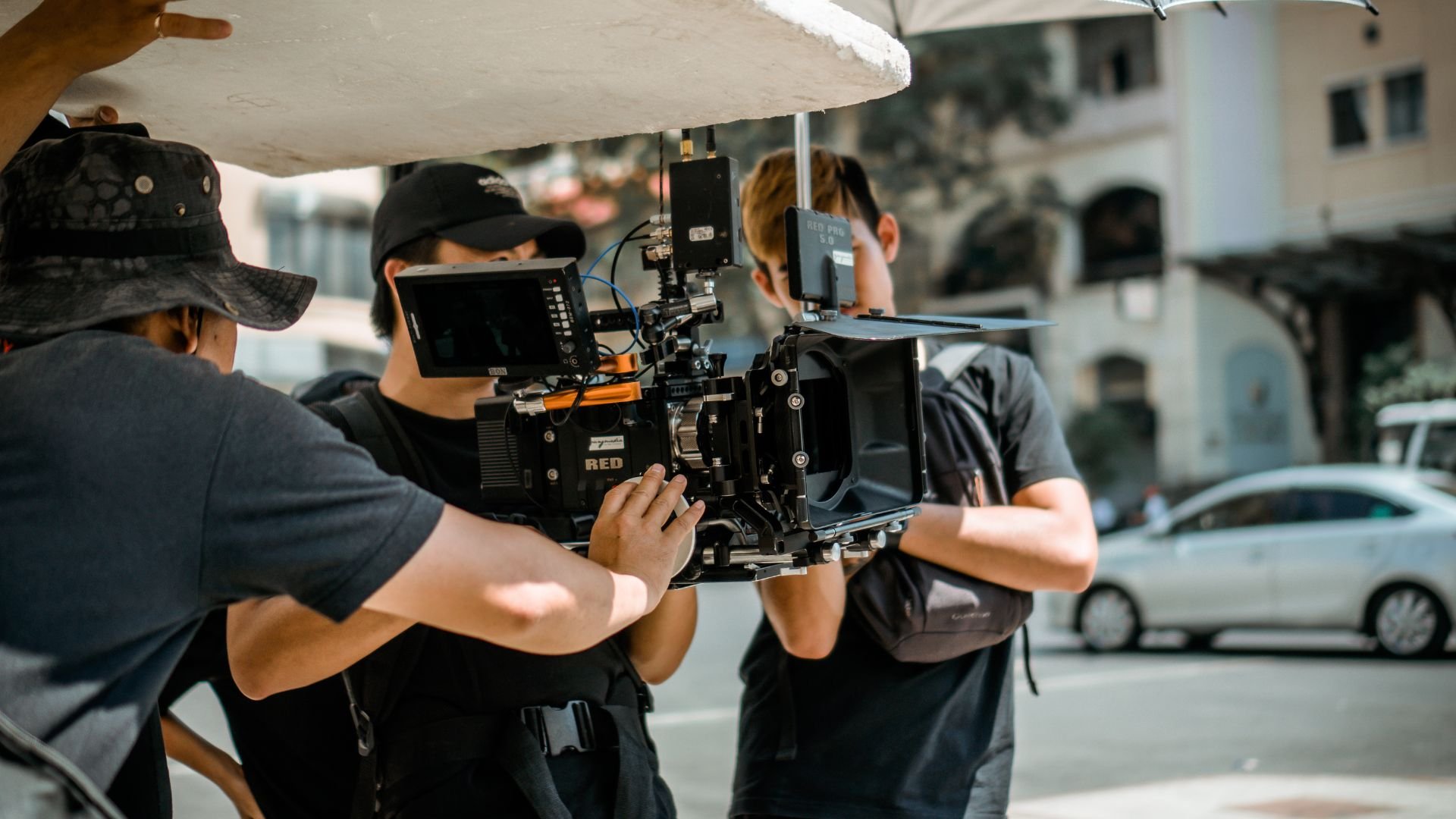Hollywood Workers Union Reaches Agreement Involving Pay and AI
The IATSE reached a tentative agreement with major studios securing pay raises and protection against usage of AI.
On Tuesday, June 25th, the International Alliance of Theatrical Stage Employees (IATSE), representing a significant portion of film and TV crew members like set designers, camera operators and costume designers, reached a preliminary agreement with major studios that addresses the integration of AI technology in their profession. This tentative three-year deal, dubbed the Basic Agreement, not only secures substantial pay raises and streaming bonuses totaling over $1 billion but also introduces crucial safeguards around the utilization of AI.
Under the terms outlined, the agreement includes explicit provisions aimed at preventing AI from replacing human jobs. This move comes amidst increasing industry concerns over the potential impact of AI on traditional roles within film and television production.
The negotiation process involved the Alliance of Motion Picture and Television Producers, representing major entities such as Netflix and Disney, alongside IATSE. Pending ratification by union members, the agreement is poised to set a precedent for how AI is integrated into the creative processes of some of Hollywood's largest productions.
Last summer, the Writers Guild of America staged a strike over various labor issues, with the Screen Actors Guild (SAG) subsequently joining in solidarity. Central to their demands were fair compensation for streaming content, improved working conditions, and crucially, protections against the adoption of AI technologies within the filmmaking business.
As the entertainment industry navigates these complex dynamics, the outcome of IATSE's agreement with studios marks a pivotal moment in shaping the future relationship between technology and human creativity on screen. With the potential for AI to streamline processes while raising pertinent ethical and economic questions, the safeguards established in this new deal could serve as a blueprint for balancing GenAI technology with the preservation of traditional industry roles.

